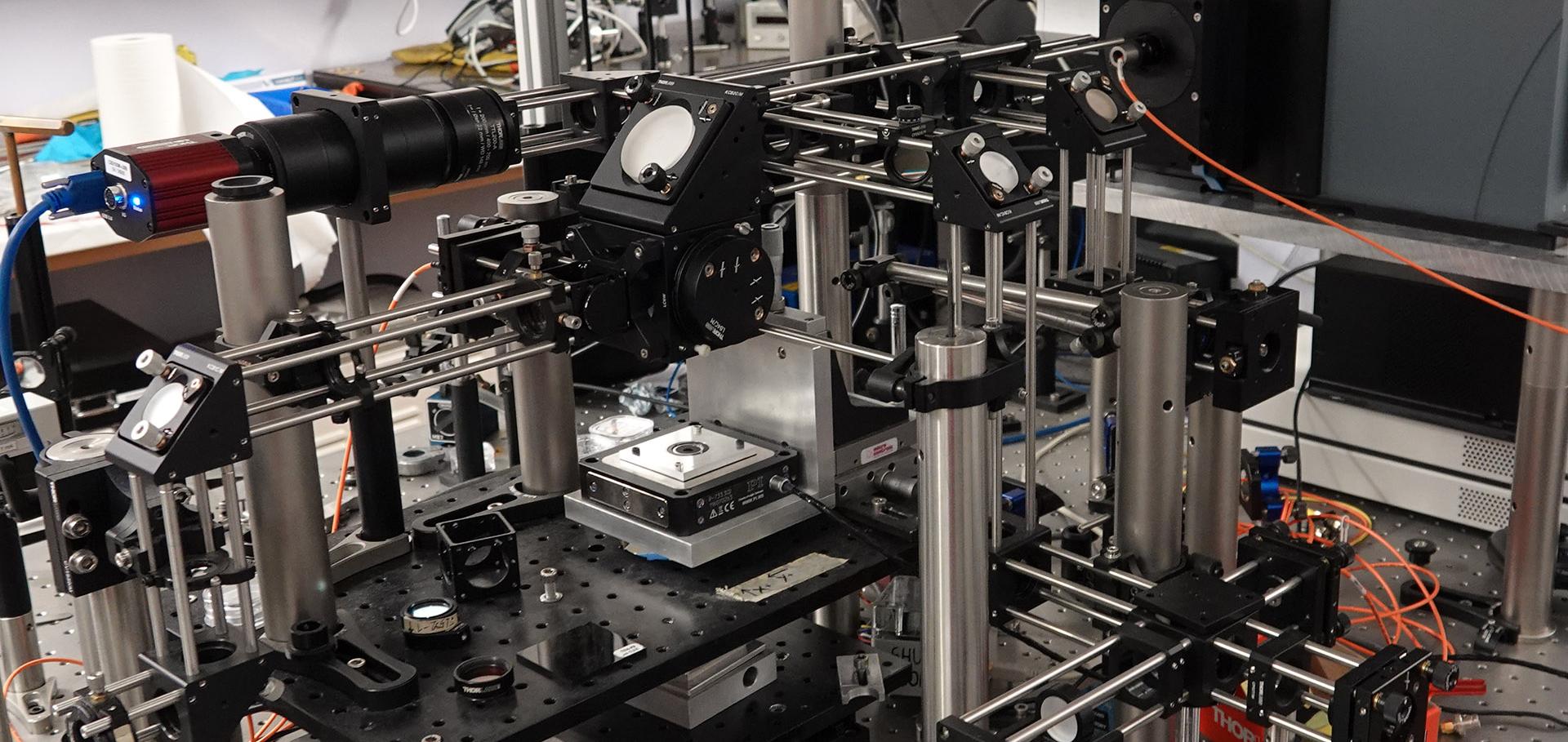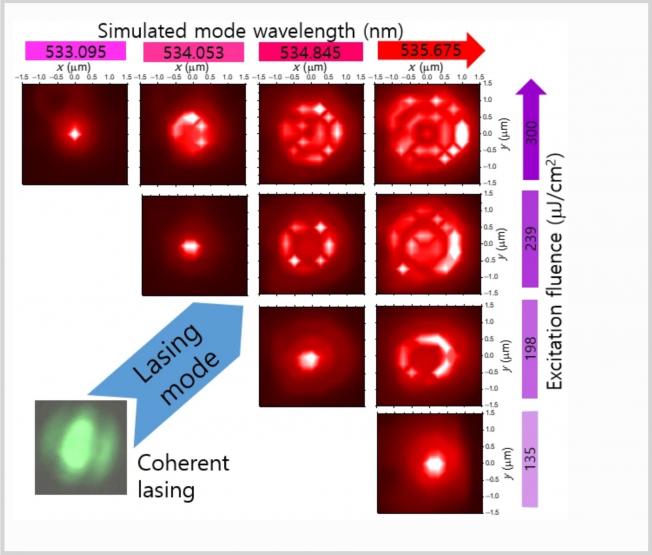Registration of single quantum dots for solid state cavity quantum electrodynamics
2005 IEEE LEOS Annual Meeting Conference Proceedings IEEE (2005) 130-131
Registration of single quantum dots for solid state cavity quantum electrodynamics
(2005) 113-114
Theoretical And Experimental Investigation Of Biexcitons And Charged Excitons In InGaN Single Quantum Dots
AIP Conference Proceedings AIP 772 (2005) 695-696
Theoretical and experimental investigation of biexcitons and charged excitons in InGaN single quantum dots
AIP conference proceedings (2005) 695-696
Time-resolved and time-integrated photoluminescence studies of coupled asymmetric GaN quantum discs embedded in AlGaN barriers
APPLIED PHYSICS LETTERS 86:8 (2005) ARTN 083109



